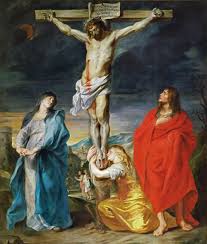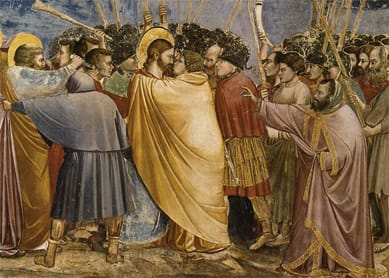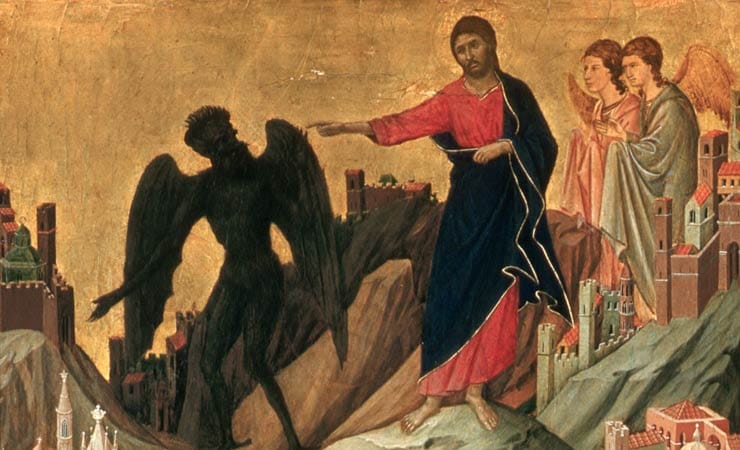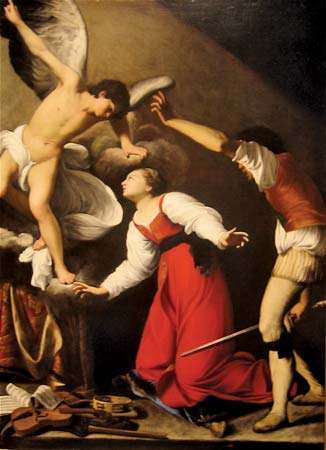One of the go-to arguments against the existence of God is the presence of evil in the world. The atheistic interlocutor looks at the world, sees evil and concludes that there is no God. Such a conclusion rests upon a primary assumption, namely that he can conceive of a more perfect world, a world without suffering. Therefore either God is a cold-blooded tyrant or He does not exist. Given how often such an argument is given, we must be prepared to meet it, but not in the usual way. Too often theists respond to the conclusions rather than the assumption. In this essay we will challenge the notion that God could have made a more perfect world. Can we really conceive of a world in which there is no evil and, if so, then would that world be more perfect than this one?
To conceive of a world with no evil, at least on the surface seems relatively simple. But we must be prepared to admit that the world would be vastly different than our own. Not just in that it lacked evil, but that its physical properties (if it could have any at all) would be vastly different than are own.
The Argument of the Head
Evil, properly conceived, is a lack of a good that should otherwise be there. In a physical world of many physical beings the avoidance of at least some physical evils is an impossibility. This topic is treated more fully in another essay, but the gist of the issue is that material things are by definition limited things and this limitation combined with a desire for self-preservation means that there will always be a lack in some creatures. There is a single piece of bread and two people. At least one of them (or possibly both if they split it) will experience the evil of hunger. It is pointless to argue that the world could have an unlimited amount of bread because that will result in the evil of something else being lacking. A physical world will always experience some lack and therefore some evil.
In a material world, one being’s good can be another being’s evil. Not all relationships can be symbiotic. The man who is hungry will experience the evil of thorn pricks from the bush that grows them in order to protect its berries from being plucked. The virus that causes the flu will embed itself in a host and replicate for its own good but the host will experience sickness.
Usually the objection to the evil in the world is related to moral evils, that is, the evils we bring upon ourselves and inflict upon others. The man who overeats will experience the evil of heart disease and the man who, in protecting his family from an intruder, will experience the evil of being stabbed. These moral evils may results from the free will responses to physical evils (looters who raid stores after a storm for example) or strictly out of malice. Either way, they are the result of the free will of someone.
A good God may give the power to use free will, which is good. But the creatures that have the power may come in conflict with each other in how they use it. God gave the power and is in a certain sense the cause of power in the action, but He is not the cause of the action itself. A man who sells a gun to another is responsible for the man having the gun, but this does not mean He is responsible for how it is used.
While we cannot imagine a material world with no physical evils, we might imagine one in which there are no moral evils. But this would result ultimately in the loss of free will. A world in which all the goods are limited always carries with it the possibility of misapprehending and misusing those goods. God could intervene each time someone tried to do something evil, but this would make free will conditioned and thus not totally free.
Our interlocutor would now be hard pressed to imagine a physical world that includes beings with free will in it that does not also include the presence of some evil. Even if he can come up with one, he cannot prove it that it is more perfect than our own because perfect implies some knowledge of purpose. Just as you cannot speak of a more perfect pair of shoes until you know what shoes are for, so you cannot speak of a world that is more perfect than our own until you know what the world’s purpose is. In fact when we begin to examine the world’s purpose, we find that it is perfectly fitting that it contains evil
To say that the world has a purpose is really to say that the world is not an end but a means. A perfect world would be one in which it prepares its inhabitants for the Real World that is to follow. It must be a world that mirrors the goodness of the Real World just enough to invoke desire in its inhabitants, but not so much that they feel completely at home in it. The Real World is one of an eternal communion of self-giving love. This world must be a training ground that makes that self-giving love possible. The limited nature of the physical world such as it is makes it possible for this self-giving love, but not without a willingness to suffer some lack for the sake of the beloved. This willingness must mean that there are actual evils present in the world, even if not all love leads to also suffering from those evils.
The Argument of the Heart
What has been offered to this point is an argument of the head. A mere “theistic” response is not adequate and only a Christian explanation will do. God desired to make an “argument of the heart” in order to drive this point home. This “argument of the heart” is the Passion and Death of Our Lord. To show the path to the Real World, God Himself stepped into ours in order to show us the way. He experience evil firsthand and used that suffering illuminating a path through this world marked by suffering.

With the Passion and death of Christ suffering becomes a necessary component of the escape plan into the Real World. In our suffering, we, in both a metaphorical and real sense, share in Christ’s suffering. His suffering was entirely voluntary so that when we suffer, even involuntarily, it signals to us the depth of the love He has for us. Without suffering we would not know what it was like for Him and would never grasp His great love. Not only that, but He Who is the one in which all times are present, is really suffering with us. The Passion is not just a past event but a current event for Him so that He (re)lives it in our very suffering. He is the Lamb in the Real World that still walks about as though slain (c.f. Rev 5:6).
The only acceptable answer to the problem of Evil for a Christian is Christ. The impassible and unchanging God in exercising His omnipotence and omnibenevolence came into our world and suffered with and for us. He spoke not just to our heads but to our hearts telling us the depth of His desire to share His life with His creatures. This argument of the heart is at the very core of what it means to live Lent intentionally. It is the time of reflecting on Christ’s Passion and coming to a greater knowledge of the truth of the nature of the Real World.














